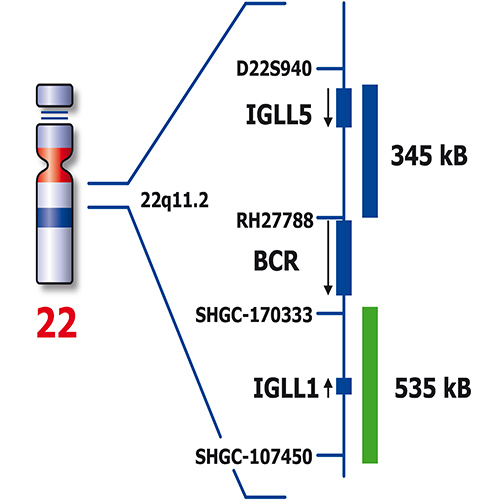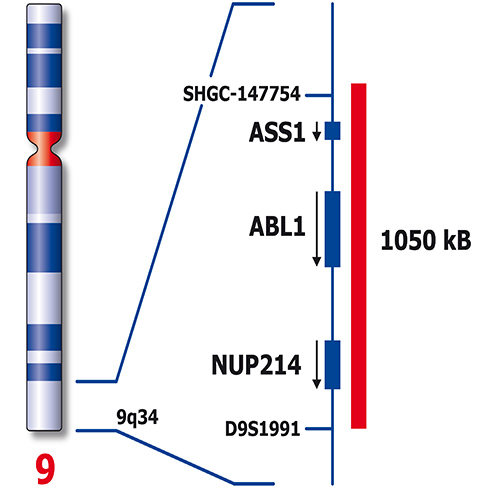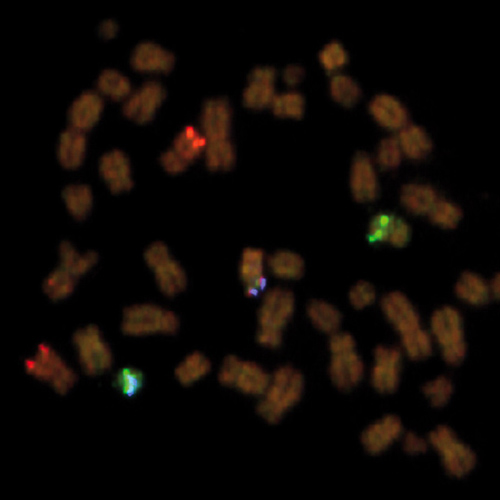Advancing Cancer Diagnostics, Improving Lives
-
Select Your Country/Region
Your location doesnt match the address (URL), do you want to change it?Each country/region may have its own set of regulatory requirements and medical practices. The information found on each country version of our website is specific to and applicable for only that country/region. This includes (but is not limited to) all product details/availability, documentation, pricing, and promotions.
Yes or No - Careers




